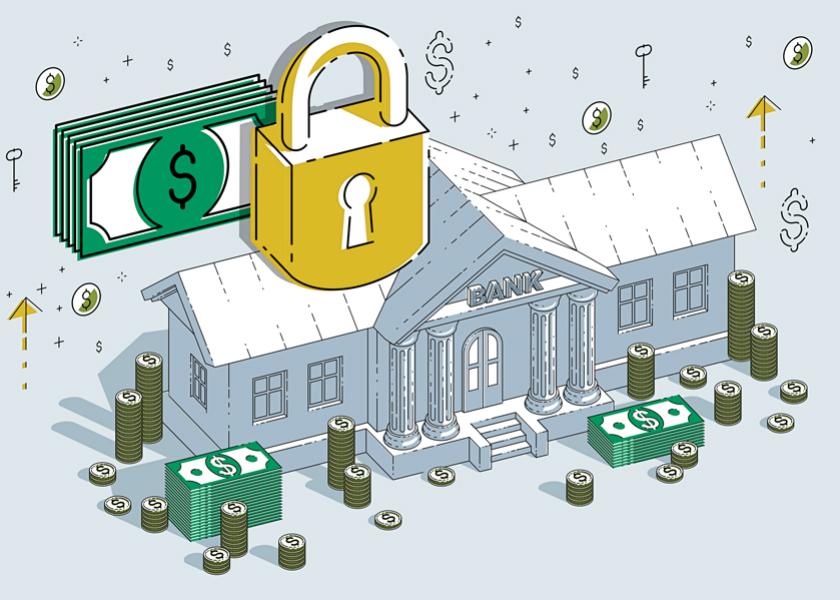High Interest Rates Are Already Impacting Farmers, And It's Coming at the Expense of Ag Loans

Farmers are opting to tap into their savings from recent prosperous years instead of taking out loans at the highest interest rates since 2007, according to surveys conducted by regional Federal Reserve banks. Reports indicate that the average operating loan issued in the past summer was almost 20% smaller than the previous year's average.
The Kansas City Fed noted that lending activity has weakened, influenced by nearly two years of rising interest rates on farm loans, which have significantly increased financing costs for farmers. While the farm economy has recently shown moderation due to narrower profit margins driven by commodity prices and increased expenses, credit needs have risen for many farmers, mainly due to high input costs. However, many producers have been able to supplement their financial needs with savings amassed during previous profitable years.
USDA predicts that net farm income, a broad measure of farm profitability, will amount to $141.3 billion this year, marking a 22% decline from the record $183 billion in 2022. Despite this decrease, the income for this year would still be the second highest ever recorded and $40 billion above the 10-year average. The decline in income is attributed to lower receipts from crop and livestock sales, coupled with higher expenses. The debt-to-asset ratio, which indicates solvency, is expected to decrease slightly.
Highest average interest rate on loans since 2007. The Kansas City Fed also reported that the average interest rate on various types of farm loans, after rising for nearly two years, has reached the highest level since 2007, standing at 8.34%. This surge in financing costs may have prompted farmers with substantial liquidity to limit their debt usage. However, any softening in farm finances could deplete cash reserves and result in increased demand for loans.
Because of reduced farm lending, the volume of operating loans exceeding $1 million has decreased by half compared to the previous year, and the volume of smaller-sized loans has dropped by 15 percent. This shift has favored smaller banks, which typically handle smaller loans, as they witnessed a 25 percent increase in non-real estate lending, while larger banks experienced a decline. The average operating loan for the summer amounted to nearly $59,000. Additionally, the average duration of new farm real estate loans has gradually increased over the past year, significantly exceeding the average loan duration from 2010 to 2020, while maturity dates for operating, livestock, and equipment loans remained stable.







